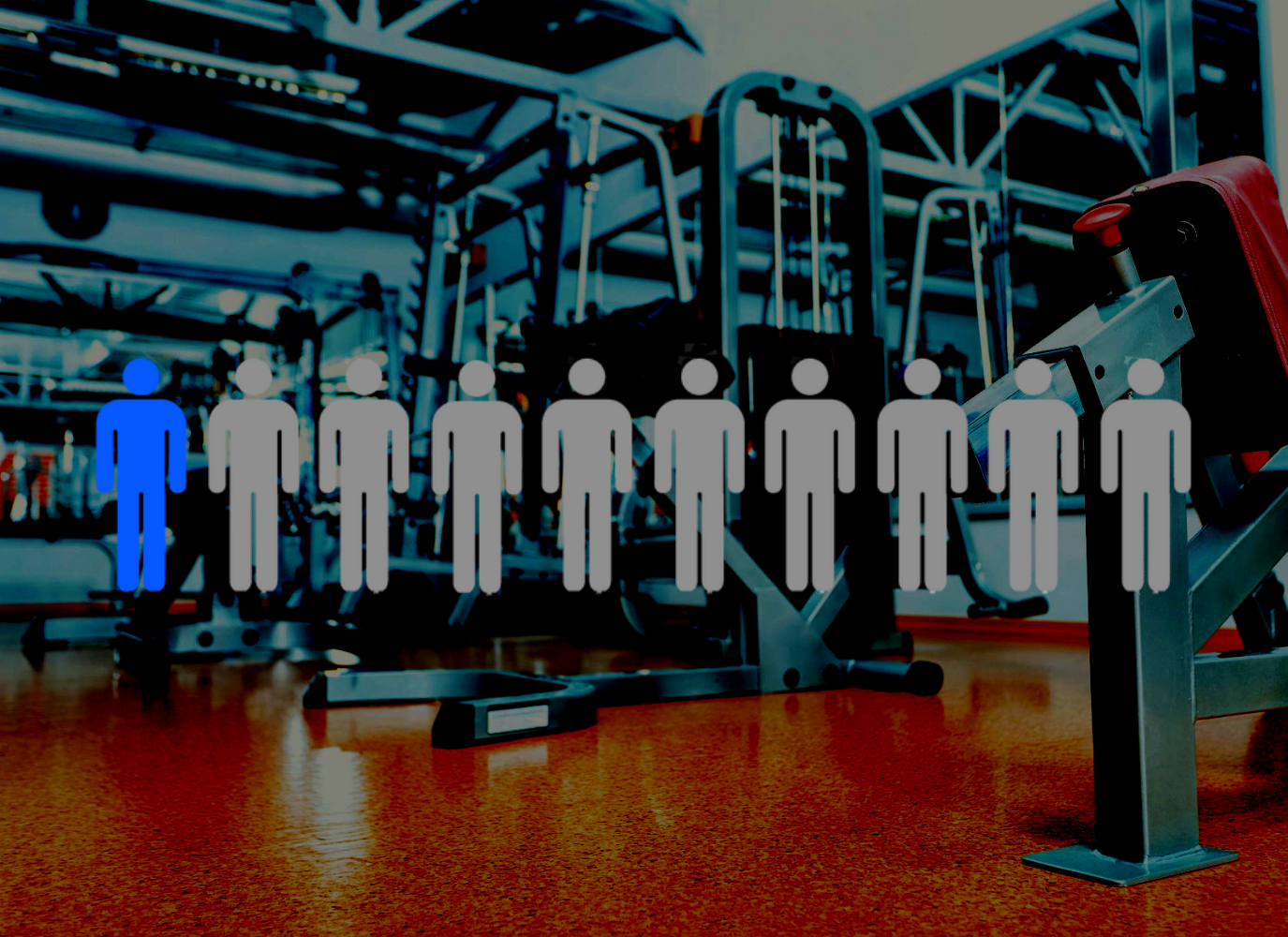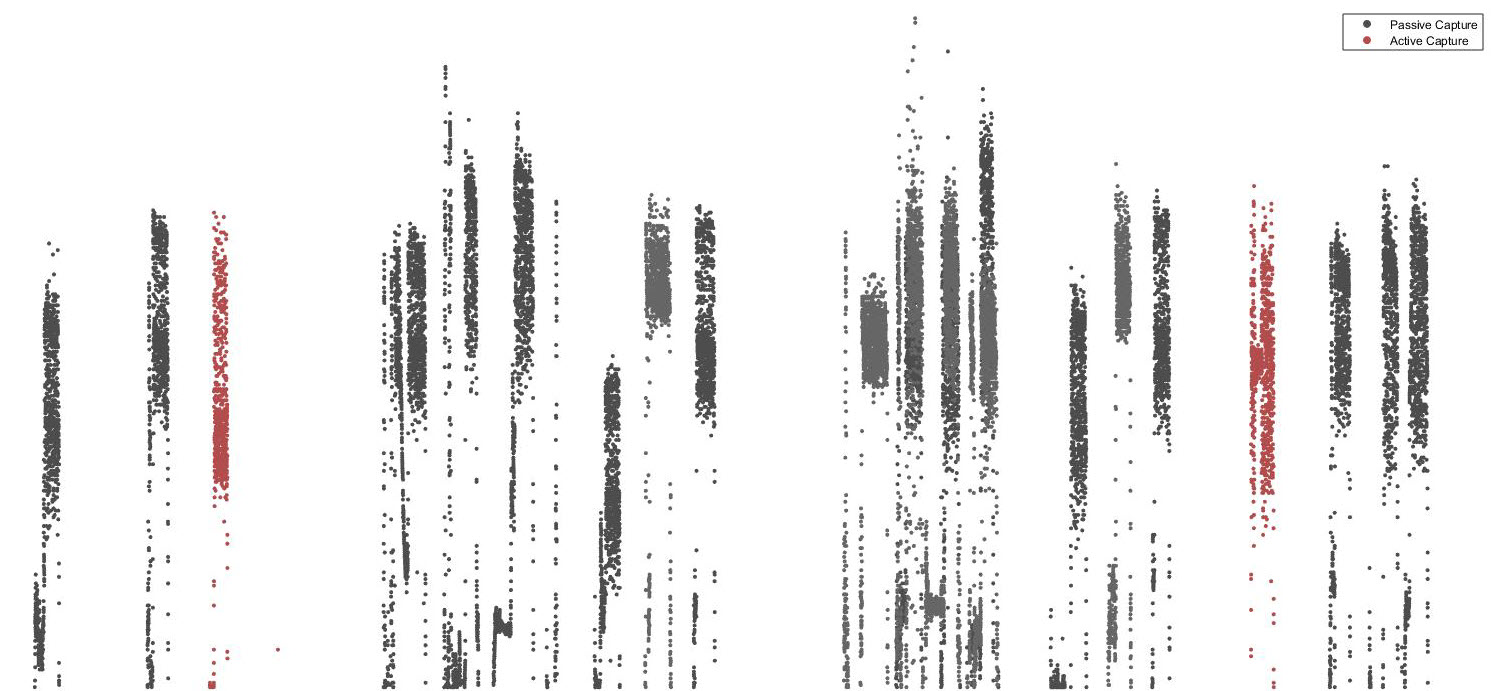Passive Data Collection: Monetizing the Other 90%

Less than 10% of the members at my gym take active steps to track their workouts. When it comes to fitness technology products, I observe two realities:
First is a theoretical world where technology is ubiquitous. Humans and robots seamlessly interacting, pushing ever closer toward lofty, clearly defined goals. This theoretical world is what you see in marketing campaigns created by fitness technology companies.
Second is the real world where humans and technology don’t overlap much. Only the most basic technology gets used – tv, heart rate monitor, treadmill console – and very few people have a concrete goal in mind when they exercise.
Most fitness technology companies build for the theoretical world. You can see it in their marketing – contrived scenes of smiles, fist pumping, and technology at the center of it all. The chasm between what they’re selling and what people need makes life hard for the people responsible for selling their tech.
When emphasizing the user’s interaction with their tech, companies are promoting “active data capture” – which requires a user to interact with technology to trigger an experience. The alternative is “passive data capture” where data is collected in the background, with no action required by the user.
Fitness technology experiences exist on a spectrum from passive to active. Roughly 10% of users love the feeling of active data capture. For everybody else, the level of interaction that is required is like drag on an airplane. More drag = lower retention. This is why passive data capture is so much better than active data capture. Passive data capture is optimized for value creation in the real world.
At ShapeLog we do both active and passive data capture. Motivated users actively track weight settings, reps, power, time under tension and a dozen other things via a BLE connection to an app. In the background we’re getting all of that same information for everybody using passive user tracking (ANT+ to a hub). Here’s a side-by-side look at one hour of real data from one of our pilot installations:
During the hour we can see 24 workout sets (groupings of data points) completed on this piece of strength equipment. Utilization (Time Under Tension / total time) was over 8%, which is high so this was probably a busy time at the club. With cooperation from the club we can map these workouts to individual members and aggregate their workout data to provide a really complete picture of everything happening on all the equipment, all the time.
Now look at the data that was actively collected (in red). Only one or two folks took time to download the app and use it. They got to see their data in real-time and have immediate access to their data. As a fitness technology company we love these people, but if rely on them to actively collect the data, then we can no longer see all of the sets in gray. That’s a VERY limited view of reality, and the #1 limitation to selling related experiences.
The future of fitness technology is passive data capture with services layered on top. Coaching, education, programming, wellness consulting, insurance data services, nutrition, and retail cross-promotion open up when you can see all the data. Innovation happens in the ‘business logic’ layer of the technology stack, rather than at the sensor or UX level.
The vast majority of fitness dollars are spent on experiences. Technology’s role is to unlock new experiences. Active data capture constrains the market by limiting the set of data. Passive data capture keeps the entire universe of users in play.
Embrace passive data capture and you’ll be better positioned to succeed in the real world.
